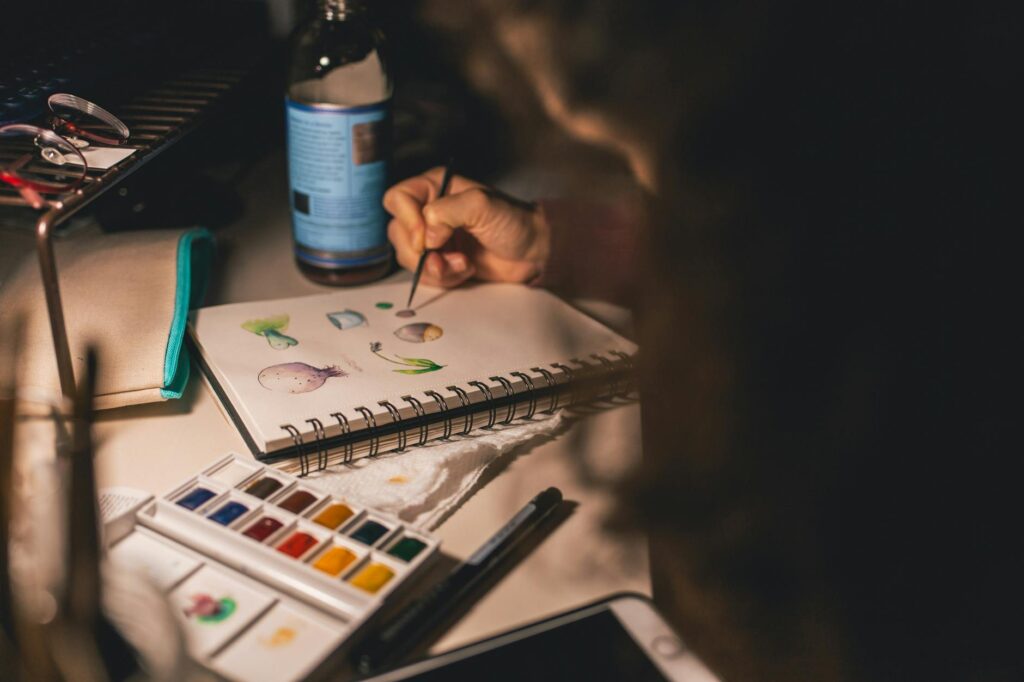What is study techniques?

What is study techniques?
In our fast-paced world, mastering effective study techniques can transform your learning experience from overwhelming to efficient. Whether you’re a student aiming for academic excellence or a professional looking to enhance your skills, the right techniques can significantly boost your productivity and retention. So, how can we refine our approach to studying? Let’s explore the essentials of study techniques and how they can shape your learning journey.
Understanding Study Techniques
Study techniques encompass various strategies that help individuals absorb, retain, and apply information effectively. These methods play a crucial role in both academic and personal success, allowing learners to engage with material in meaningful ways.
Definition of Study Techniques
At its core, study techniques refer to any method or strategy employed to facilitate learning. This can range from simple note-taking to complex mnemonic devices. For instance, using the SQ3R method—which stands for Survey, Question, Read, Recite, and Review—helps structure study sessions for better comprehension. Techniques like self-questioning and teaching others also enhance understanding by encouraging active engagement with the material.
Historical Context
The evolution of study techniques reflects a growing understanding of how we learn. Historically, rote memorization dominated educational approaches. However, as research unveiled more about cognitive psychology, educators began to adopt strategies that promote critical thinking and deeper learning. Techniques such as spaced repetition and retrieval practice emerged, reshaping the way we approach study sessions.
Types of Study Techniques
Understanding the various types of study techniques can aid in selecting the right methods for your learning needs. These techniques can be categorized for easier comprehension.
Active Learning Techniques
Active learning techniques require engagement with the study material. Examples include:
- Summarization: Writing concise summaries of key concepts helps reinforce understanding.
- Self-Questioning: Asking yourself questions about the material encourages deeper processing.
- Teaching Others: Explaining concepts to peers can solidify your own understanding.
Visual Learning Techniques
Visual learners can greatly benefit from techniques that utilize imagery and spatial understanding. Tools include:
- Diagrams and Charts: Visual representations of information can clarify complex ideas.
- Mind Maps: These help in organizing thoughts and establishing connections between concepts.

Photo by Craig Adderley
Traditional Study Techniques
Traditional study techniques still hold value in many learning environments. These include:
- Highlighting Text: Marking important information can aid in finding key concepts during review.
- Note-Taking: Writing down information helps reinforce learning and provides a reference for future study sessions.
- Repetitive Review: Regularly revisiting material strengthens memory retention.
Technology-Enhanced Study Techniques
With the advancement of technology, numerous tools can assist in studying. Examples include:
- Digital Flashcards: Platforms like Anki or Quizlet allow for effective spaced repetition.
- Online Resources: Websites such as UNC Learning Center provide valuable tips on studying smarter, not harder.
Choosing the Right Study Techniques
Finding effective study techniques tailored to your learning style can make a significant difference in your academic journey.
Assessing Learning Styles
Understanding your learning style—whether it’s visual, auditory, or kinesthetic—can guide you in selecting appropriate study techniques. For instance, visual learners may find diagrams more helpful, while auditory learners might benefit from listening to lectures or discussing concepts.
Personalizing Study Techniques
Experimentation is key. Try different study techniques to identify what resonates with you. Keep in mind that combining various methods can often yield the best results. For example, you might create mind maps while summarizing chapters to reinforce retention.
Implementation of Study Techniques
Effective implementation of study techniques is essential for maximizing their benefits.
Creating a Study Schedule
Planning your study sessions can enhance time management. Establish a clear schedule that allocates specific times for studying each subject. This structure not only helps in staying organized but also builds a routine that encourages consistent study habits.
Setting Specific Goals
When studying, establish measurable and achievable goals. For instance, instead of aiming to “study biology,” set a goal to “complete Chapter 3 and practice related questions.” This clarity allows you to track your progress and stay motivated.
Conclusion and Final Thoughts
Mastering study techniques is pivotal for anyone looking to enhance their learning efficiency. By understanding various methods, tailoring them to your learning style, and implementing structured study habits, you can transform your educational experience. Whether you choose to engage in active learning or leverage technology, remember that continual improvement in your study techniques can lead to long-term academic success. So, why not start experimenting with a new technique today? Your future self will thank you!